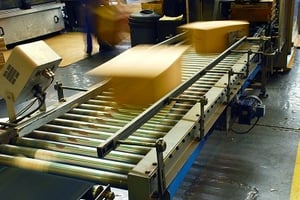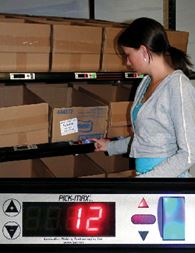Most distribution center operations have seen significant increases in warehouse labor costs, as well as all time high lease costs for a new facility. These factors have driven more companies to consider warehouse automation to remain in the current facility longer and reduce the labor costs. These two cost components can radically increase your cost per order. However, this does not mean that companies should simply employ automation without achieving a cost-effective warehouse automation ROI.
One of the first aspects in determining the warehouse automation ROI is to ensure that the automated solutions being considered are realistic for your business. Many companies begin their process with some “YouTube shopping”, becoming enamored with a certain automation system. That skips over any detail consideration of current process, systems and costs.
Read More >
 Prior to COVID-19, companies were struggling to hire enough skilled workers to meet customer demands. Now businesses are needing to fundamentally change to
Prior to COVID-19, companies were struggling to hire enough skilled workers to meet customer demands. Now businesses are needing to fundamentally change to  potential competitive advantage. The enhanced overall view of the supply chain is placing increased emphasis on the importance on the warehouse and operations.
potential competitive advantage. The enhanced overall view of the supply chain is placing increased emphasis on the importance on the warehouse and operations.
 applied limited
applied limited 
